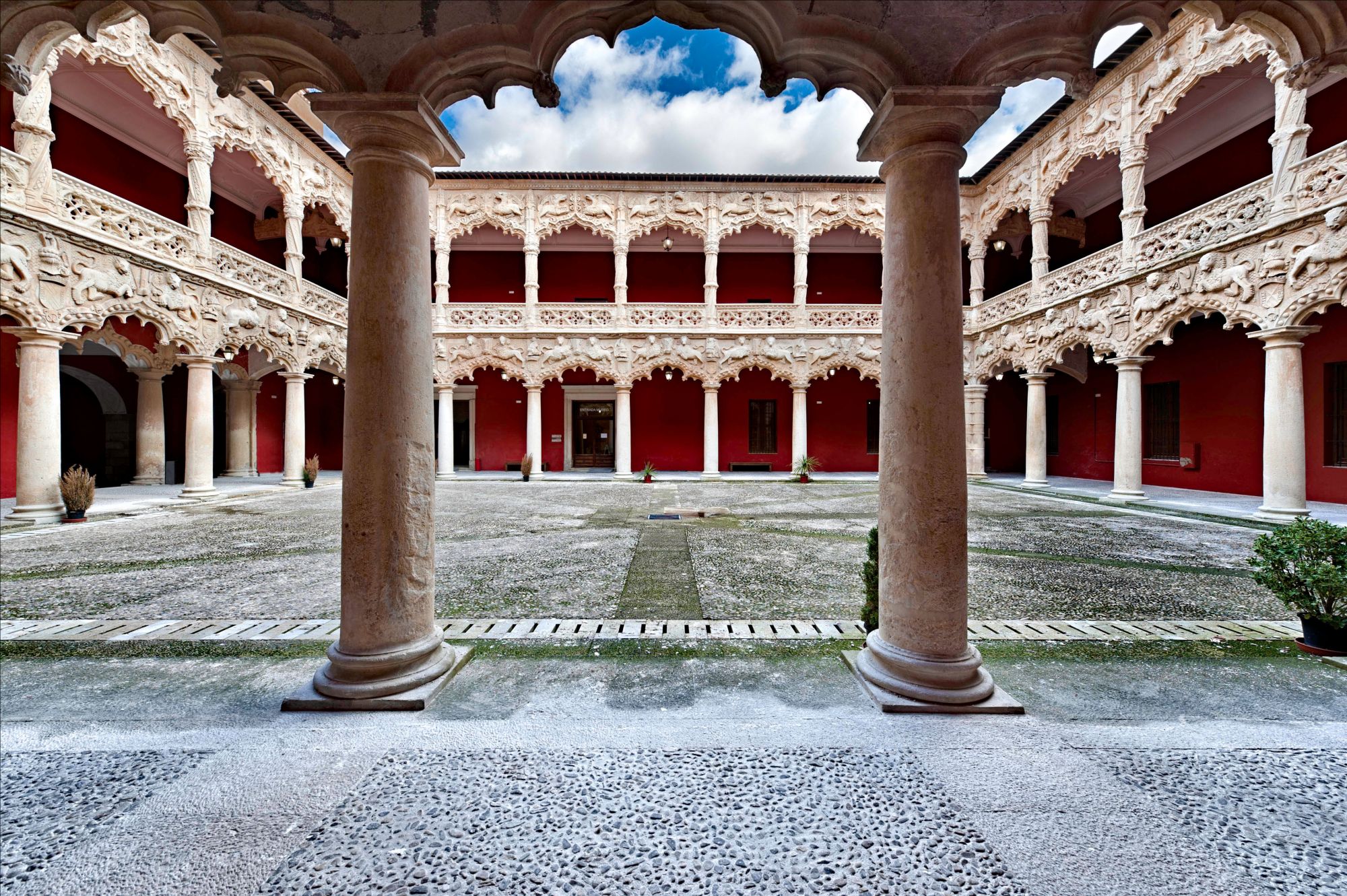Guadalajara
Guadalajara
Cotilla-Salón Chino Palace
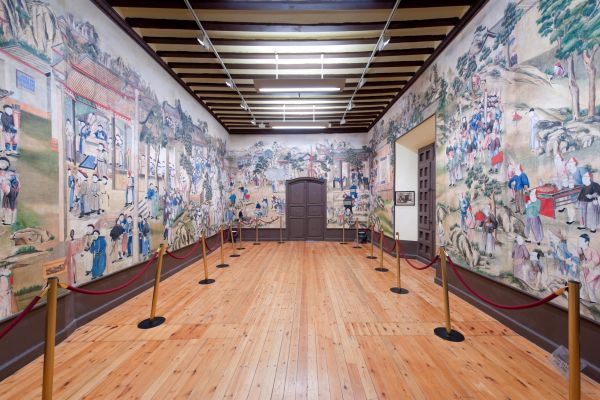
Torreón del Alamín
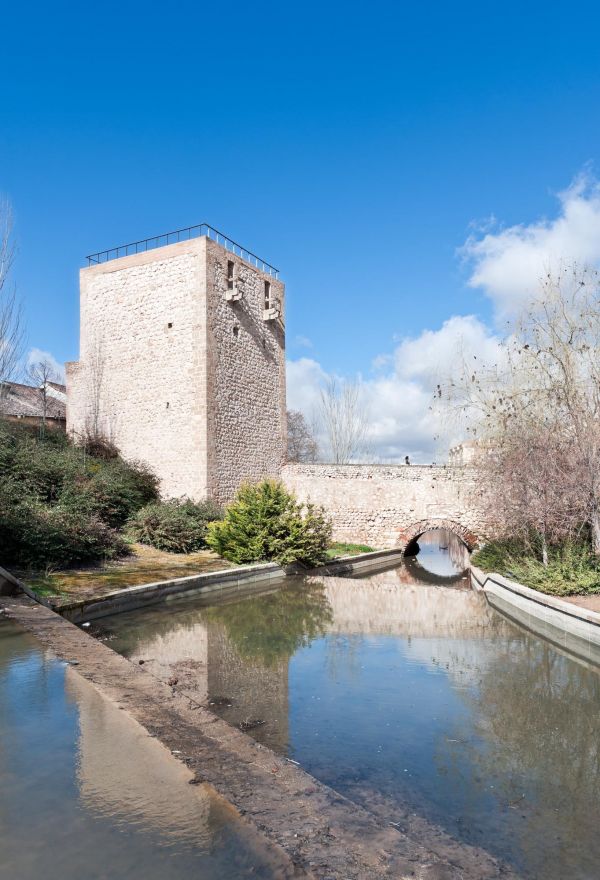
Alcázar Real
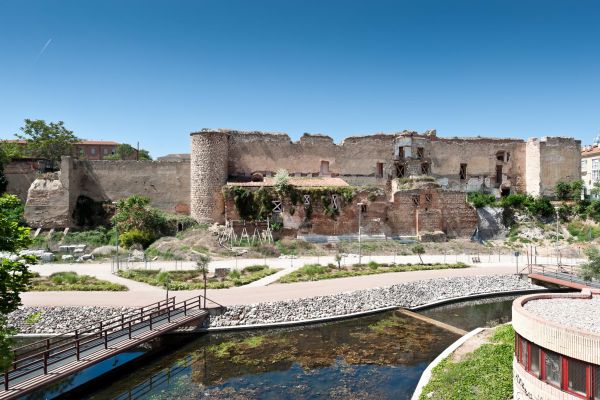
Tower of Alvar Fáñez de Minaya
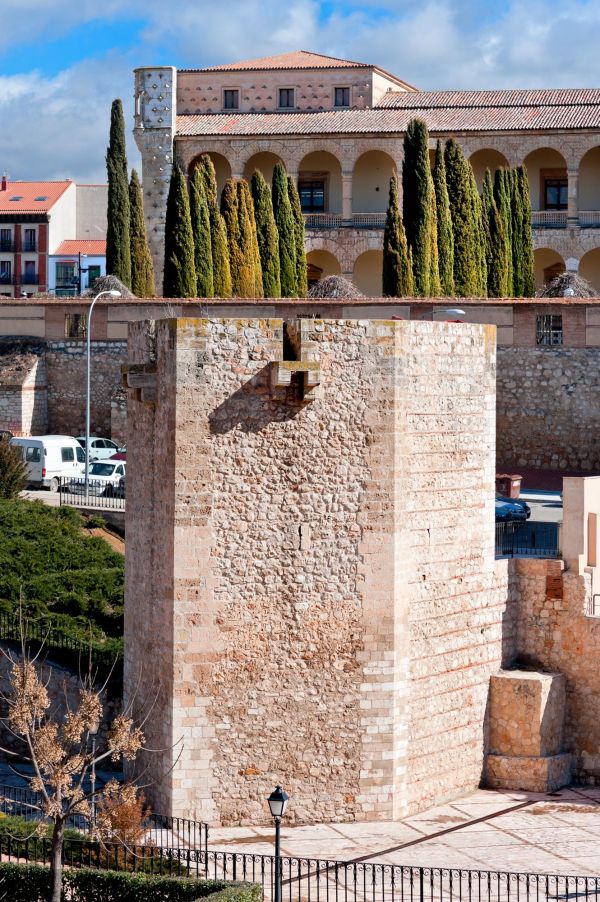
Nuestra Señora de la Antigua
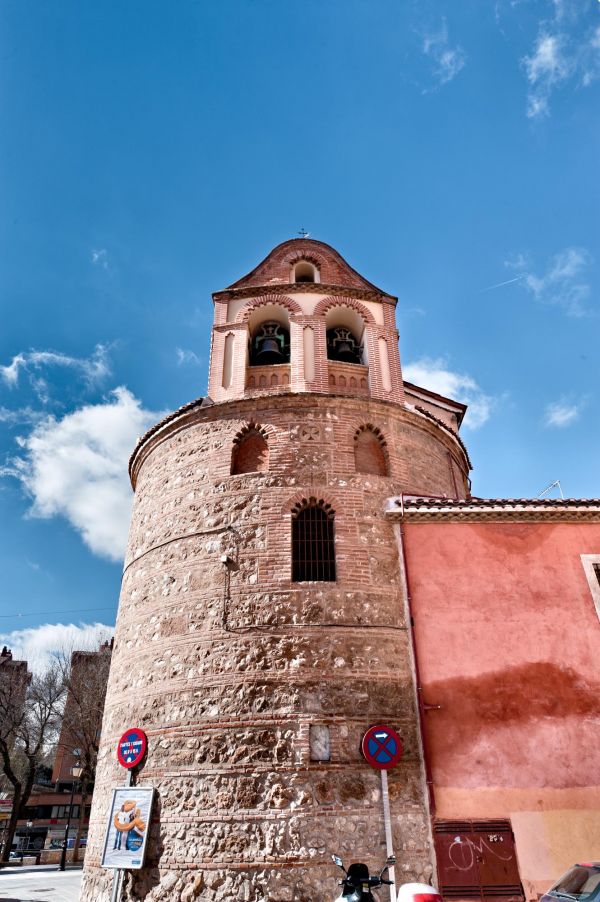
Lucena Chapel
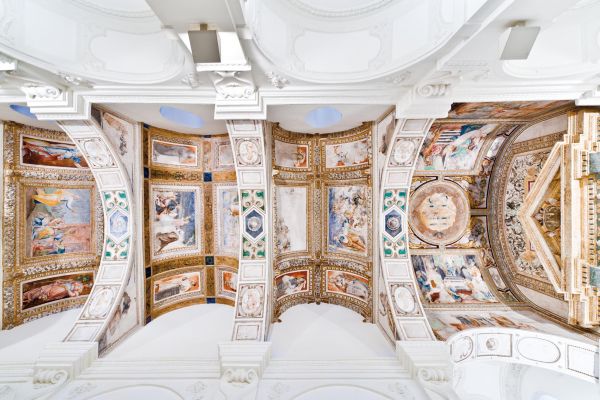
Mendoza Crypt
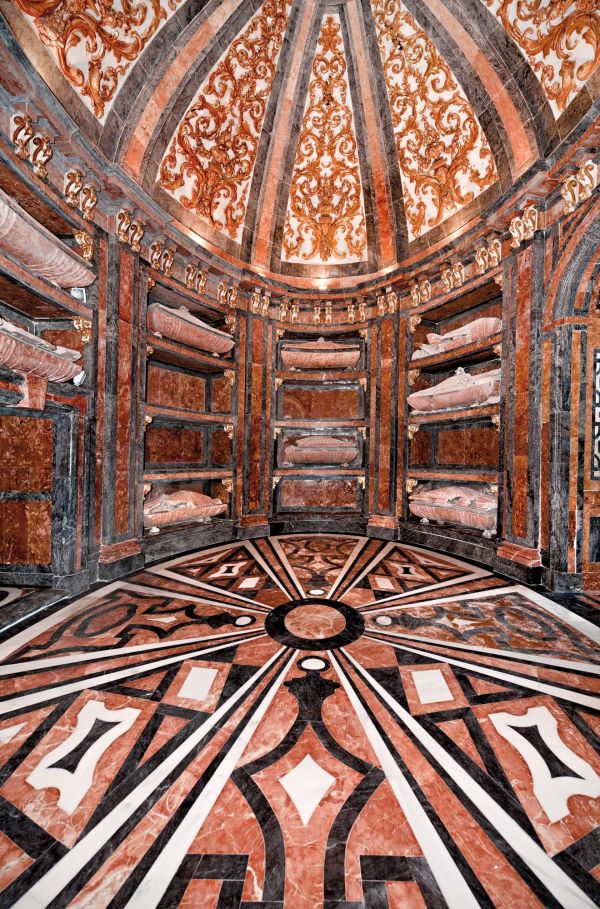
Infantado Palace
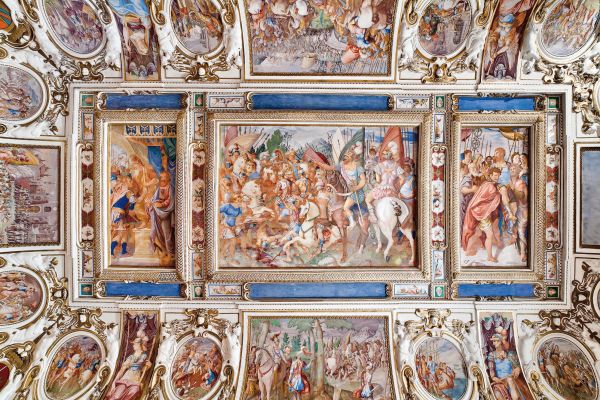
Infantado Palace
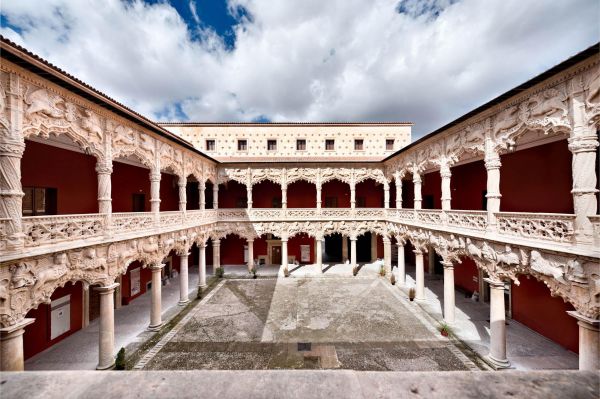
Infantado Palace
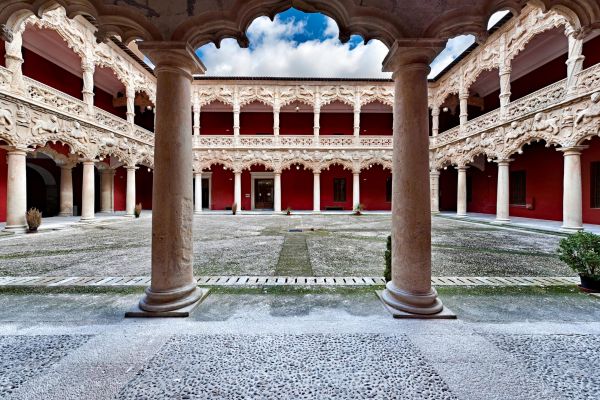
Infantado Palace
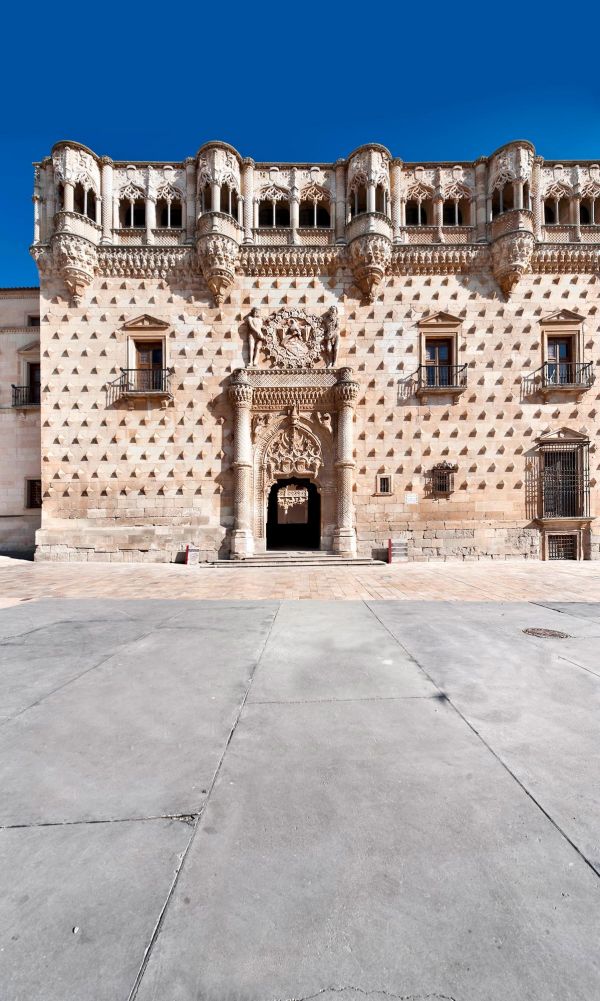
Infantado Palace
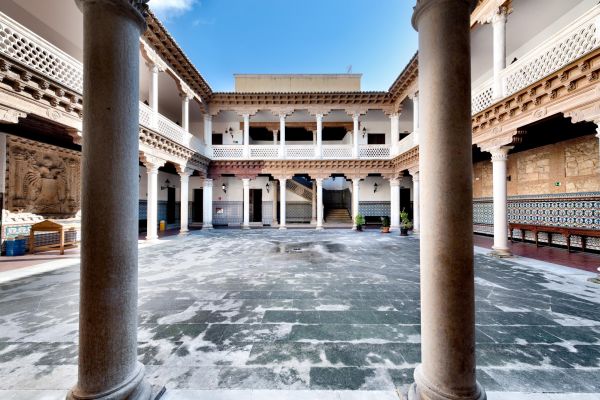
Guadalajara Provincial Museum
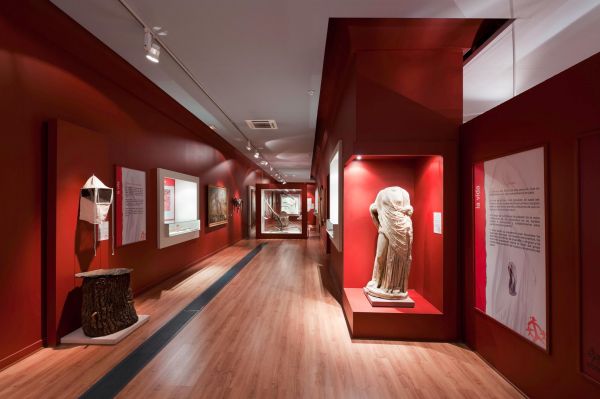
Panteón de la Duquesa del Sevillano
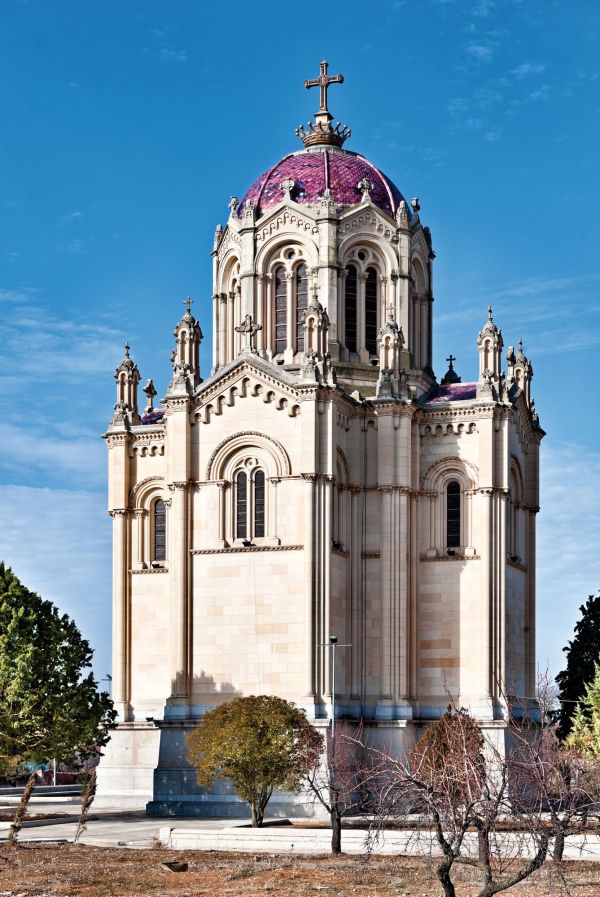
Tenorio Mendocino
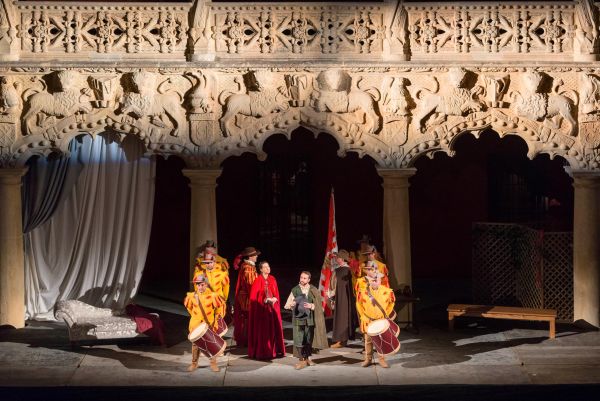
Guadalajara has a long history of preserving extraordinary footprints. Due to its central peninsula location, on a hill on the left bank of the Henares river, on the road from Madrid to Zaragoza and Barcelona, it has always had an important strategic location.
Guadalajara is now a vibrant, accessible and nearby city, with an excellent infrastructure, green areas and a range of services making it perfect for families.
The caliphal bridge over the Henares, at the northern entrance to the provincial capital, is one of few examples of 10th-century Andalusian engineering. From there, via Calle Madrid, we’ll visit several monuments of great interest.
The Royal Fortress, which has seen its parameters lifted from the 15th century conserved, was the Royal Sarguetas Factory (1778) and Ballooning Service barracks (19th century). It was destroyed in the Civil War. In front of this site, we find a beautiful Renaissance temple, the college of maidens of Our Lady of Remedies, currently the Auditorium of the University of Alcalá.
A few metres away, the capital’s finest and most important building towers overhead: the Palace of the Dukes of Infantado. Its façade is a paradigm of blending European and Andalusian tradition, with the Gothic influences and early Renaissance elements combined with decorative Mudejar motifs. Its extremely intricate façade is particularly eye-catching, the great coat of arms, the upper gallery and, above all, the continuous mesh of nail head or diamond-shaped points, which have made this construction world famous. Inside, the Patio de los Leones is equally famous, comprising two carefully decorated galleries in relief with lions and griffins facing one another, and numerous heraldic and epigraphic references to the nobility and greatness of the Mendoza family. The rooms and permanent exhibition of the Provincial Museum of Guadalajara are distributed around this sculptured treasure.
In the rear part of the Infantado gardens, towards the Huerta de San Antonio (vegetable garden), we come across the Alvar Fáñez de Minaya Tower, now the city’s coat of arms Interpretation Centre. This pentagonal tower, erected in the 14th century, was for centuries called the door of the Fair or of Christ of the Fair, as it allowed communication with the venue where these commercial events were held.
Walking along Calle Teniente Figueroa, we find several unique buildings: the Church of Santiago, the Convento de la Piedad, the old post office and the home of the painter Carlos Santiesteban.
Our stroll takes us to the small La Cotilla square, housing the palace of the same name, an elegant 16th century mansion with noteworthy rice paper mural decoration from the Chinese Room, a highly valuable rarity in Spain.
A few metres later, we come across the Concordia park; the Santo Domingo square and the imposing San Ginés church façade (16th century); and the Fuerte de San Francisco, a historical Franciscan monument that has recovered all its glory following a recent renovation. The convent church is a fine example of Gothic architecture from the reign of the Catholic Kings, designed by Juan Guas.
From here, visitors can easily access one of the most beautiful monuments to 19th century Spanish architecture: the Pantheon of the Duchess of Seville, designed by Ricardo Velázquez Bosco on the orders of the Duchess of Seville and the Countess of Vega del Pozo. It is a unique building with surprising colours.
A day at the zoo, an afternoon playing in the park, events such as the Book Fair, the Marathon of Tales or Nights are for summer; the Night of the Senses, the Giant Festival, the programme of theatre and museums; Holy Week, the Corpus, the Carnival, the Tenorio Mendocino (local theatre production), etc. are all cultural events and places that make a visit to Guadalajara even more attractive.
May also be of interest to you
Castilla-La Mancha Tourism in 2023. All rights reserved.

 365
365
